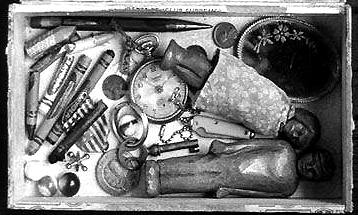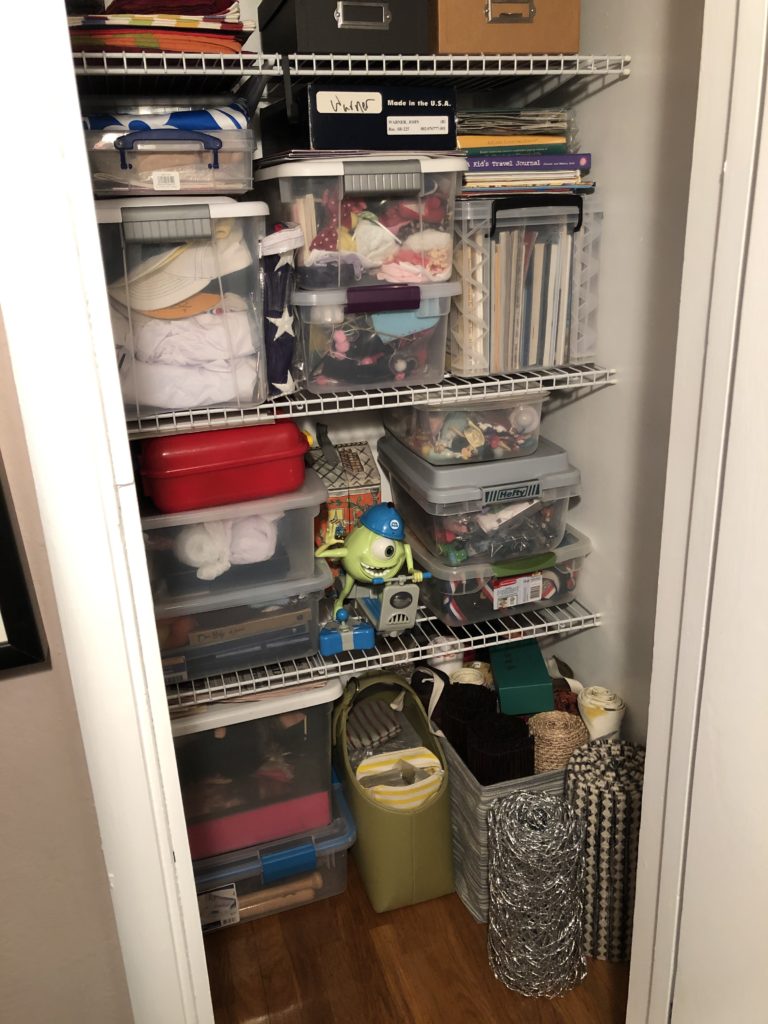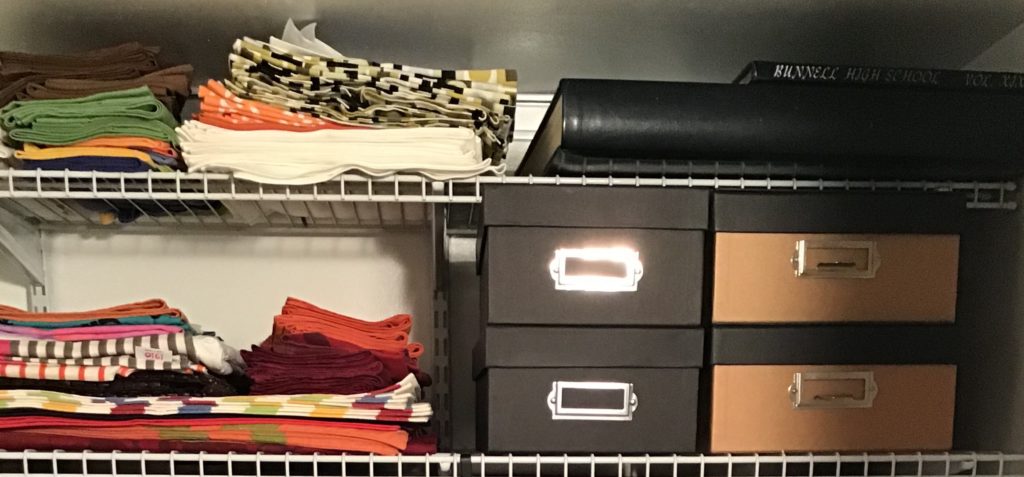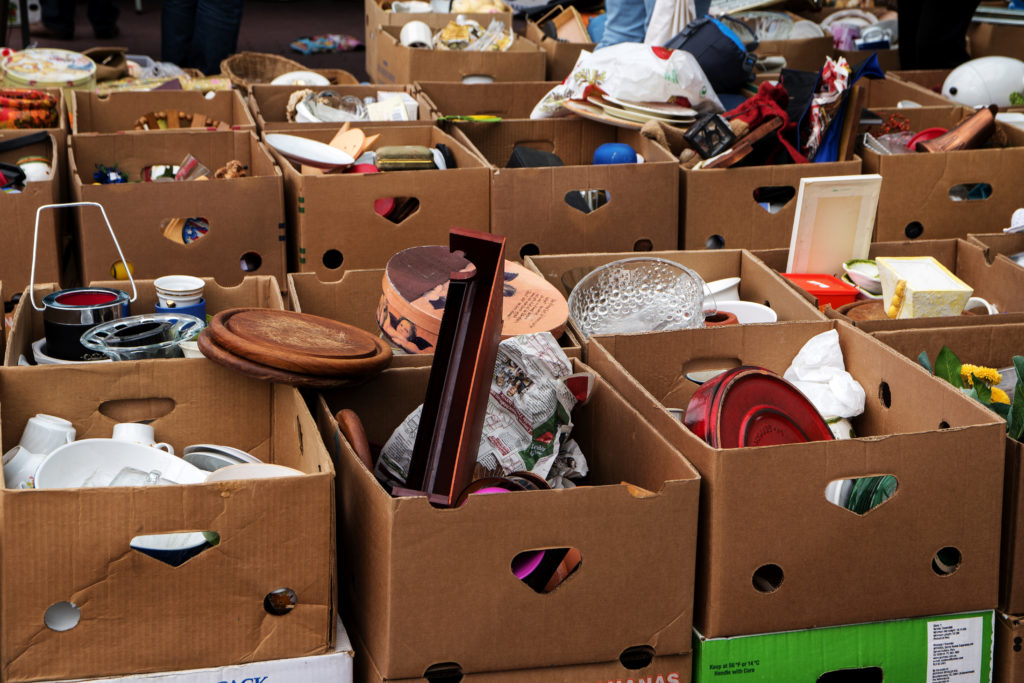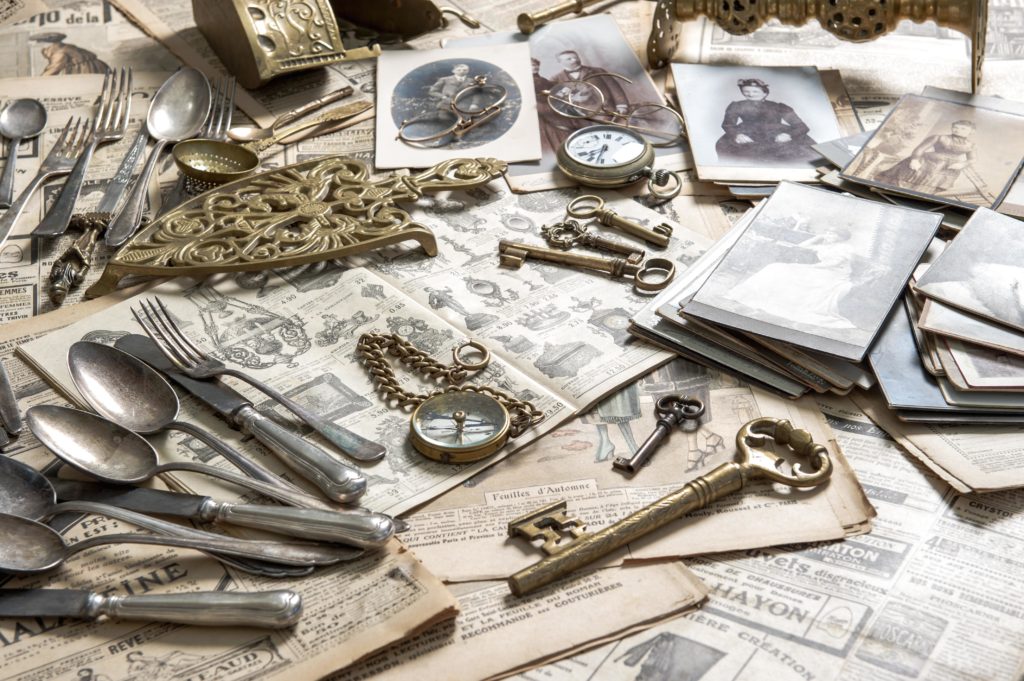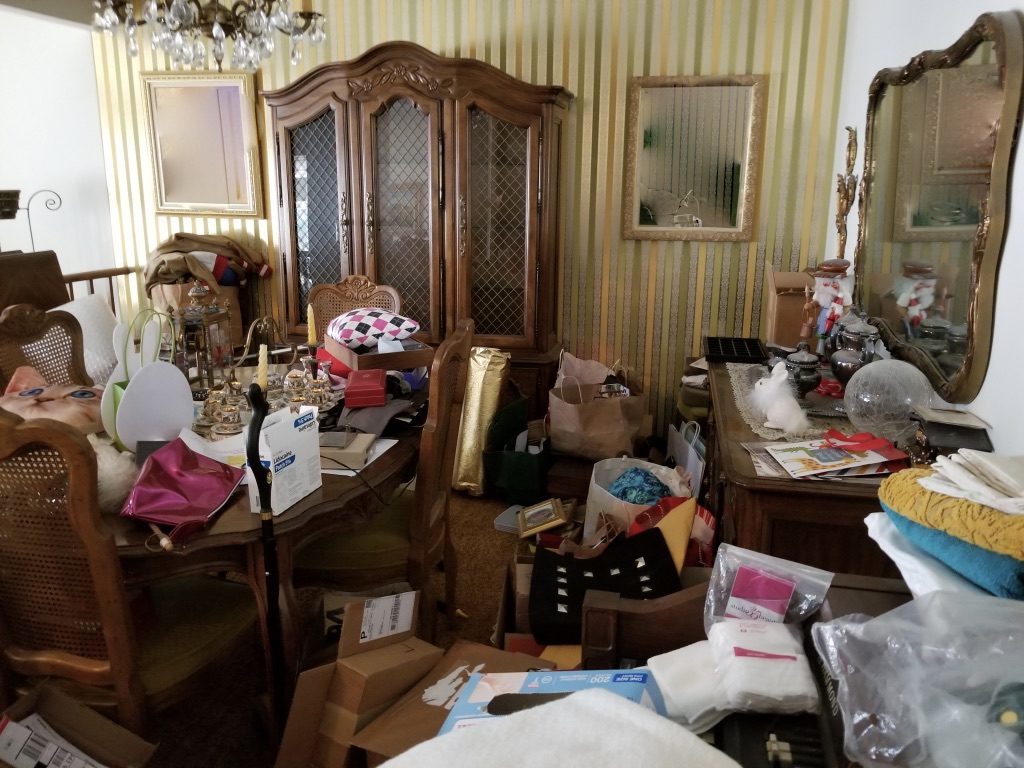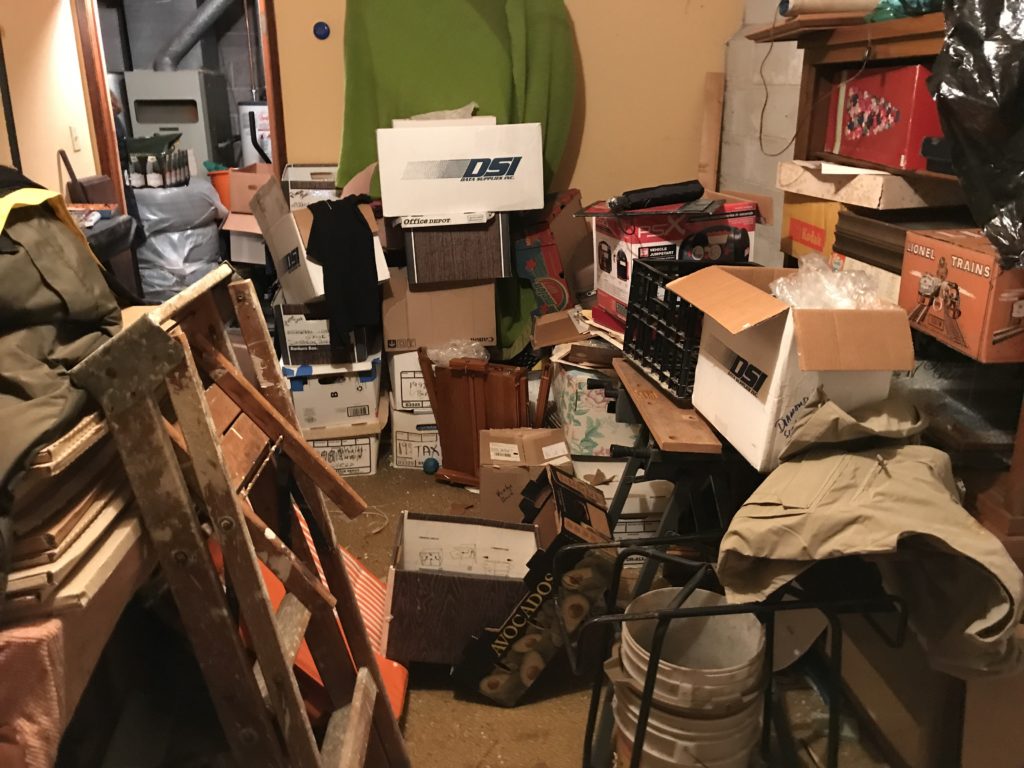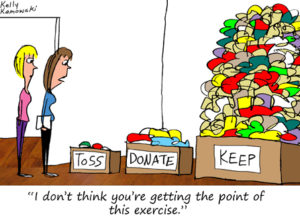Are you downsizing to move and have household items and furniture you don’t need?
Did you know you can sell your items in an online auction sale, all in one day (in most cases), and earn back money to help offset the cost of your move? The whole process takes about two weeks from start to pick up day, and before you know it, you’ll be ready to move or get your house on the market.
I recently organized one of these sales, for a client in Oakland, CA, through a company called Max Sold.
How Do Online Auction Sales Work?
The key to it being successful and worth your time is taking the time to organize and group like items together in what are called “Lots.”
Lots are an array of related items that can attract several buyers, thus driving their price up through online bidding.
Even less popular items will sell, thus saving you the hassle and cost of taking them to a local charity or saving you money in hauling fees. Think of it as creating a one-stop-shop of your home’s unwanted contents.
It’s not just your furniture you can offer for sale. You can sell just about anything – appliances, baby items, books, unused cosmetics, craft supplies, home decor, office supplies, unused toiletries, tools, even used cleaning products and supplies!
How to Prepare for an Online Estate Sale
Getting ready to sell your items in an online auction or estate sale takes a little bit of planning at the front end to make sure your pick-up day is smooth sailing. This is how it works:
Decide What You’re Selling
- Set aside items you are keeping in a separate room, such as your bedroom or another spare room or storage area if you have one.
- Declutter all trash inside and outside your home. You can also arrange for a free bulk pick-up if your city offers one.
- Recycle or remove anything damaged, broken, stained, ripped, overly worn, or opened, such as toiletries, and dispose of hazardous waste.
- Donate usable items that don’t typically sell or cannot be included, like regular clothing (designer or luxury items are fine), and donate unexpired, unopened food such as dry and canned goods to a local food bank. In general, regulated items such as car seats or adult-only items such as weapons cannot be sold through conventional online sales.
Group Items Into Lots
- Group what is left – like with like – in “Lots.” Single items of furniture or a large appliance can be sold as one Lot.
- Organize items to be camera-ready — in other words, all visible when photographed.
- Place smaller items on furniture and other surfaces and plan to sell those things first.
- Separate unique or valuable items and group these with less valuable but similar items to encourage bidding
- Photograph each lot several times using the selling platform and include a brief item description, condition description, and assign a pick-up time. Small items usually go first, larger items on top of furniture next, and larger furniture items and appliances last.
- Review and edit your catalog before it goes live. Give your buyers at least seven days to review your sale.
Prepare for Pick Up
- During the current Covid-19 pandemic, make sure your home is well ventilated and that you are wearing a mask. It will make it easier to sort and organize items and keep you and buyers safe when they go to pick up their items in your home.
- Aim for a weekend pick-up day for buyer convenience. This means giving yourself at least ten days from posting date to pick-up date.
- Get help for pick-up day since you will need to keep track of buyers and their items. Consider hiring a professional organizer with this type of estate sale experience to manage all or part of the process for you.
- Plan for and make arrangements for items not picked up by the end of your pick-up day. You can also offer them as free items to other buyers. With luck and the right planning, you won’t have too many “leftovers.”
- Get paid. When your pick-up event is over, submit a pick-up report to report any issues. Fourteen business days later, you will get your payment by check or direct deposit, depending upon what you choose. Keep in mind that the platform you use will take a percentage of your sales in exchange for using their platform. Typically this is a 70/30 split, with you getting 70% of the proceeds and the platform getting 30%.
About Max Sold
Max Sold will help you sell items in the following categories through an online auction sale:
|
|
For more information about how to sell your items through an online auction sale, visit Max Sold’s estate sales page or contact LET’S MAKE ROOM.





 Toys and Childhood Memorabilia
Toys and Childhood Memorabilia